Winning big: Rotor founder scoops the 2015 Maaskant Prize
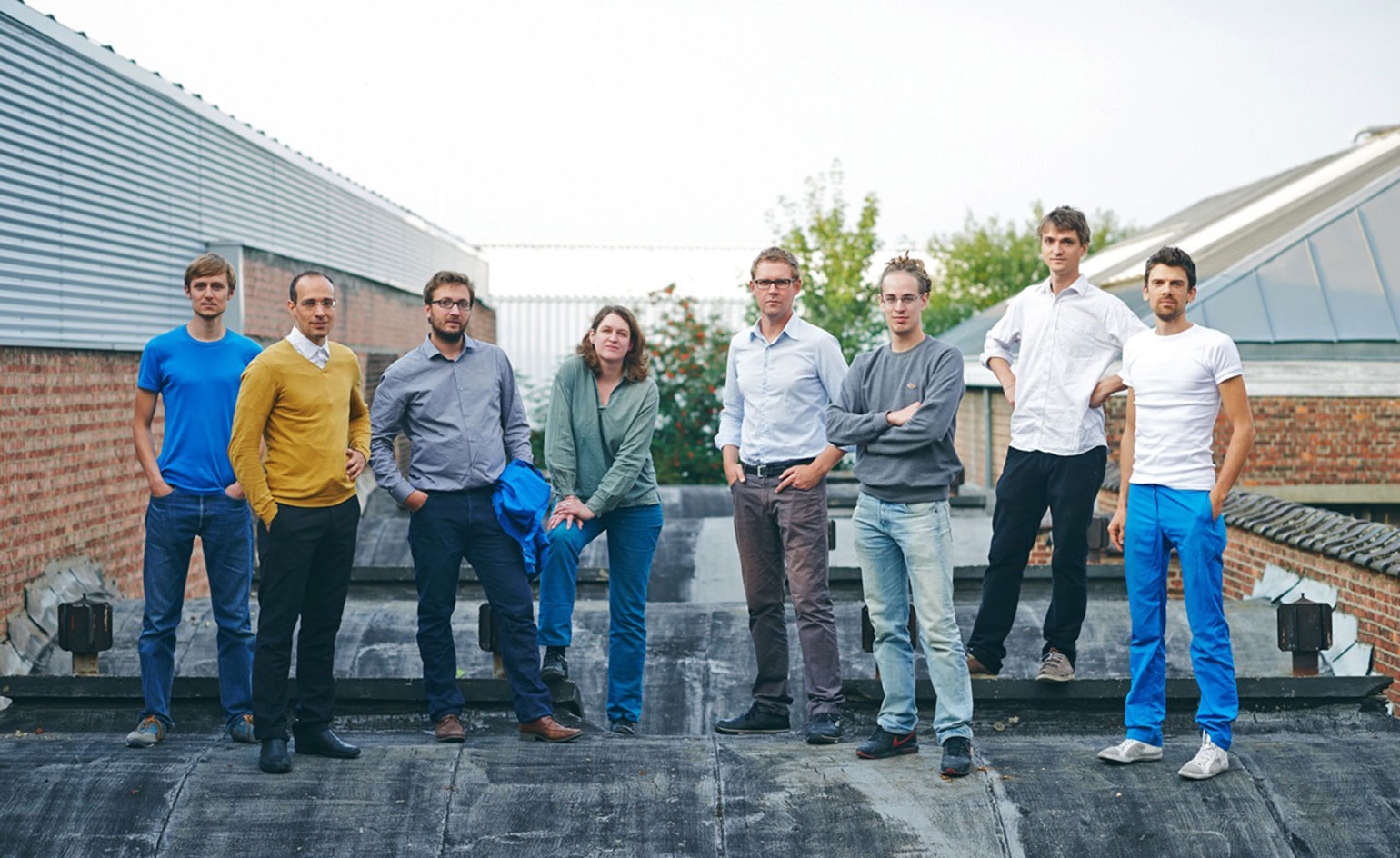
Sound the gong – Maarten Gielen of Rotor has just been awarded the Maaskant Prize for Young Architects 2015 in Rotterdam. The co-founder of the renowned Brussels design collective is the worthy recipient 'in recognition of the way he explores the theme of material flows, translating it into concrete designs that convey a poetic message and, at the same time, confront the public with current social issues', explains the jury.
The biannual Maaskant Prize, chosen by a different panel of three judges every time, alternates with its namesake 'older' sibling (which is awarded to a more established architect every other year).
In 2015, the jury was looking for a 'talent under 36', to be approved by all board members unanimously. The winner not only met the foundation's primary criteria, but was also someone whose work, the panel felt, reflects and influences the current economic, cultural and social climate, helping to set the field's agenda.
'The economic crisis poses a new reality for the younger generation [of architects]. How can architects help to solve global problems such as climate change, food shortages, social inequality and vacant real estate?', asked the jury members.
'At the same time, the crisis is also opening up opportunities – unleashing new energy and impetus among architects. Job shortages unexpectedly create space – to reflect, to dream and think "Where do we go from here?" We were looking for architects with a standpoint inspired by a sense of critical optimism, people who were not afraid to venture from well-trodden paths, and who understood the need for experiment, especially now.'
Rotor, a collective founded in 2005 by Gielen, Tristan Boniver and Lionel Devlieger, currently comprises nine members of staff, all driven by a shared fascination for material flows. In their hands – in re-contextualising the things we take for granted and presenting them from a fresh perspective – reuse, recycling and waste material have been given new meaning.
Projects that helped Rotor shoot to fame include the 'OMA/Progress' exhibition at the Barbican, where they turned the studio inside out – even using rubbish salvaged from waste bins – to establish a personal connection and showcase projects that provide insight into the firm's design processes. The very successful 2013 Oslo Architecture Triennale, entitled 'Behind The Green Door', was also their brainchild. The project challenged the catchall concept of sustainability by means of presenting 600 'green-labelled' projects as conversation pieces.
'The designers are empathic but their work is light, not cumbrous', added the jury. 'We see this as an attribute because it makes the work accessible to a wide audience.' Their ability to unveil the poetry in the commonplace and to create interventions that make us look, means that this is just the start for the inspiring practice.
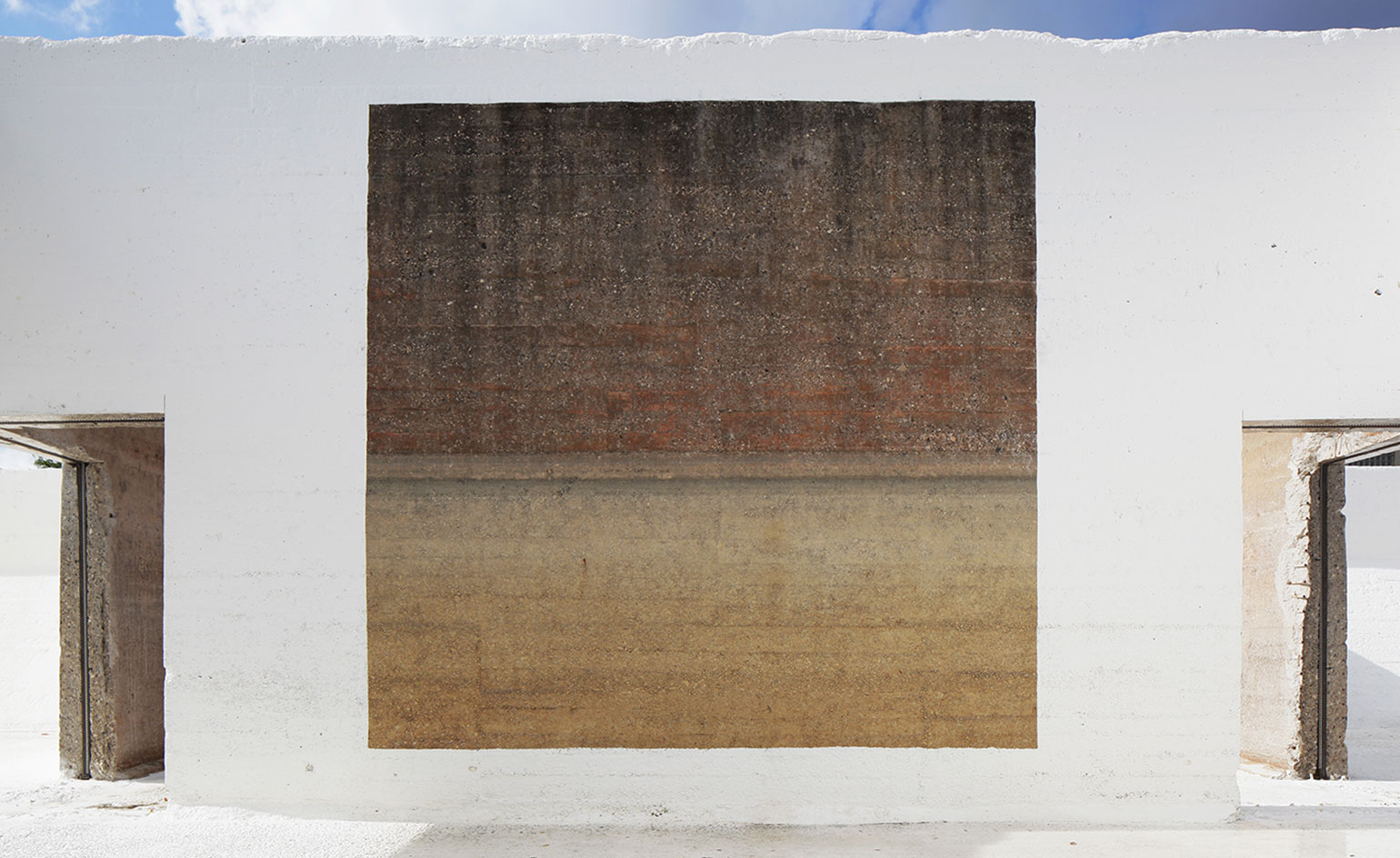
The transformation of an abandoned Ghent warehouse into a series of art pieces is one of collective’s most lauded projects.
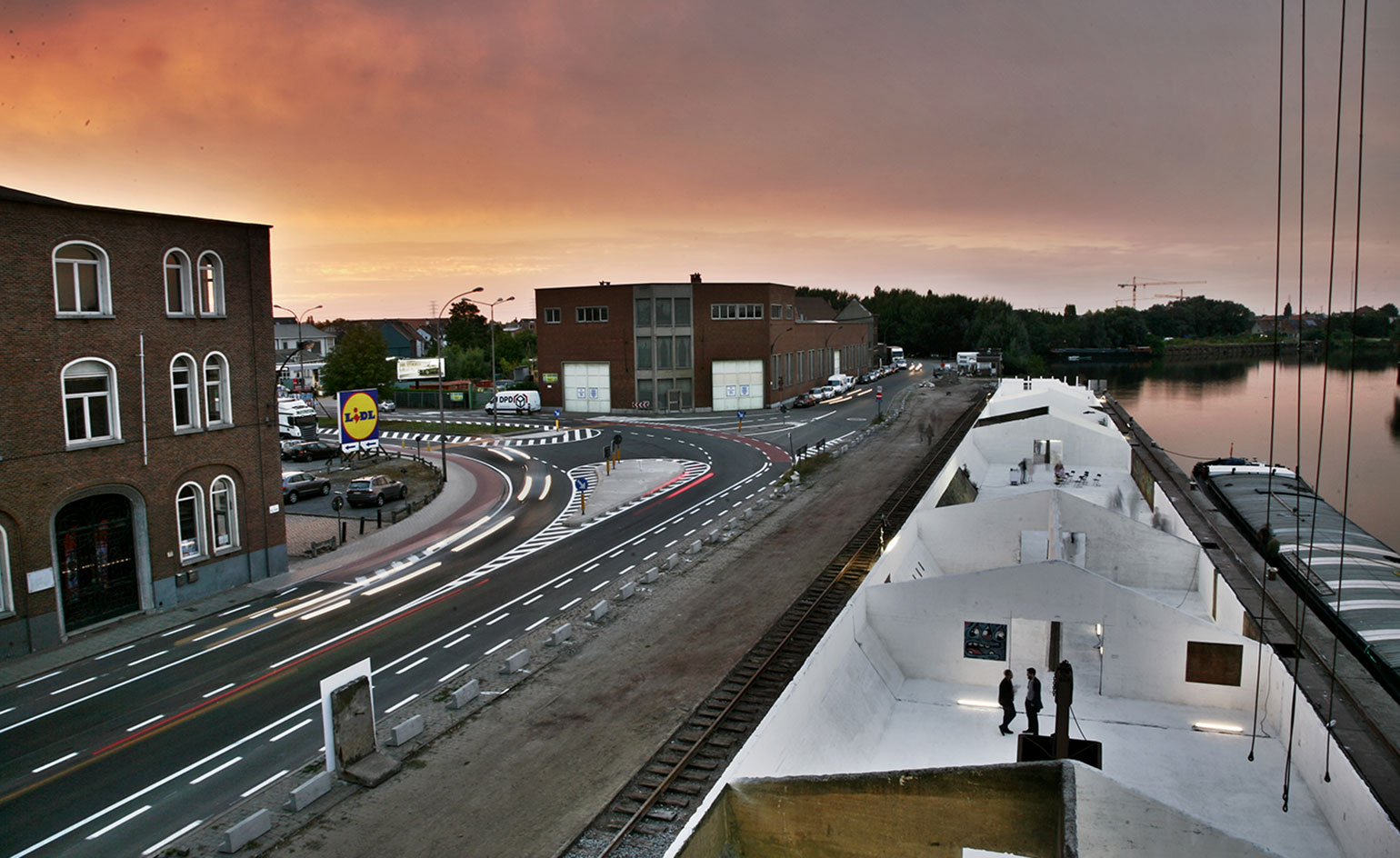
Known as ’Grindbakken’, the concrete structure was transformed after a series of interventions by Rotor in 2012.

The practice’s show at the 2010 Venice Architecture Biennale – as part of the Belgian Pavilion – was one of their first projects to receive international critical acclaim.
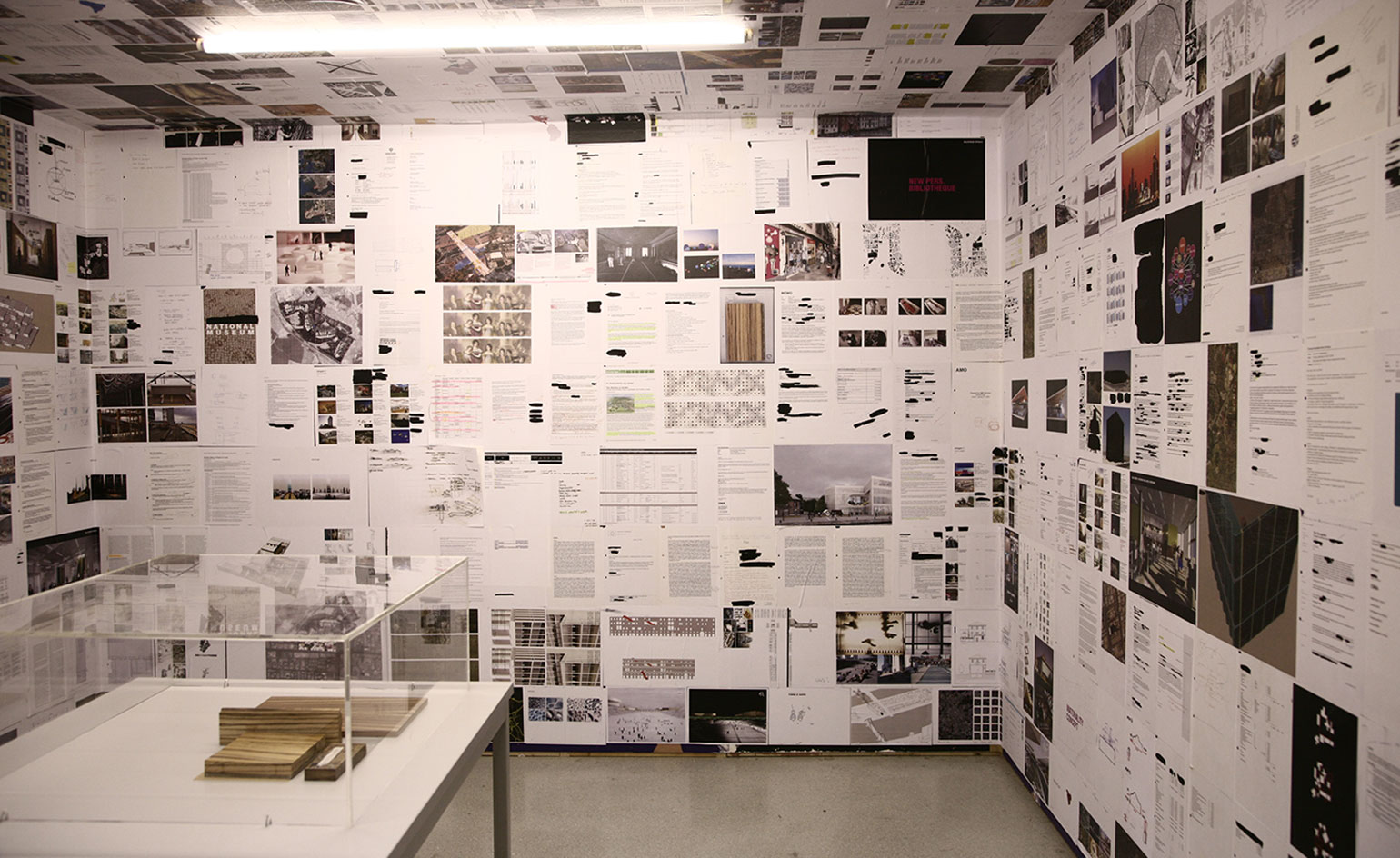
Following on from Venice’s success, the ’OMA/Progress’ exhibition launched at London’s Barbican in 2011
INFORMATION
For more information, visit the Maaskant Prize’s website
Receive our daily digest of inspiration, escapism and design stories from around the world direct to your inbox.
-
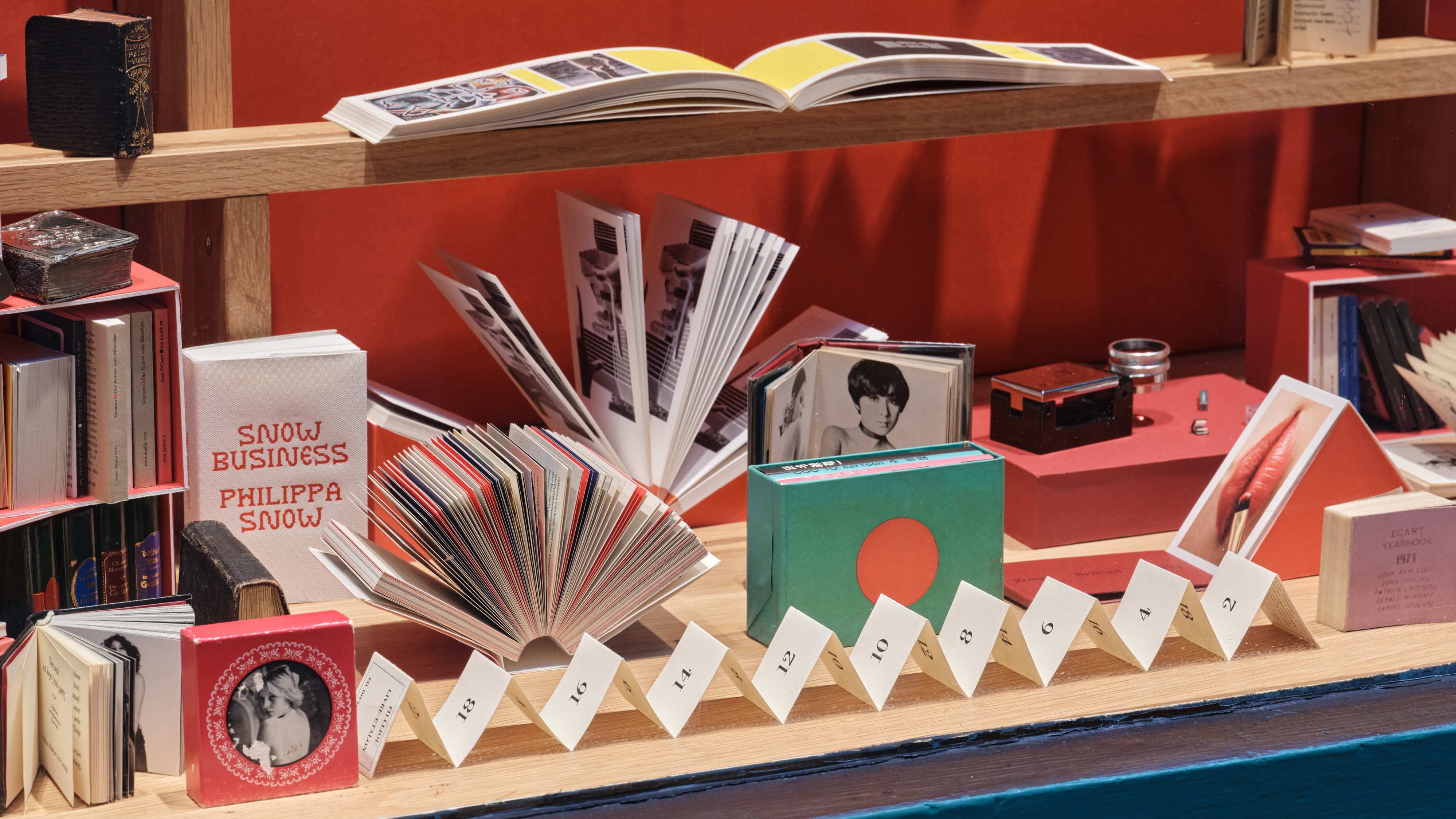 Veronica Ditting’s collection of tiny tomes is a big draw at London's Tenderbooks
Veronica Ditting’s collection of tiny tomes is a big draw at London's TenderbooksAt London bookshop Tenderbooks, 'Small Print' is an exhibition by creative director Veronica Ditting that explores and celebrates the appeal of books that fit in the palm of your hand
-
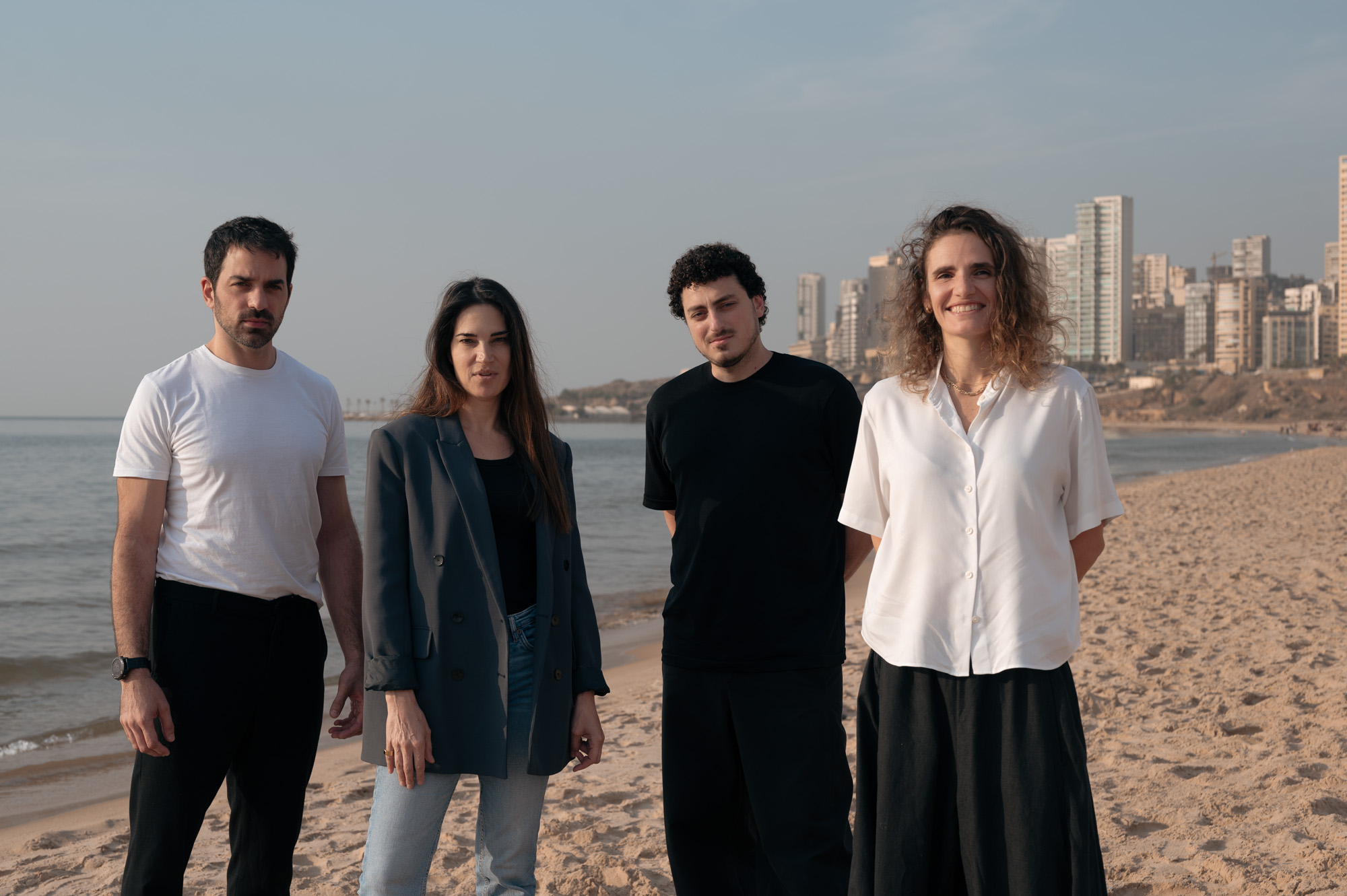 How Beirut's emerging designers tell a story of resilience in creativity
How Beirut's emerging designers tell a story of resilience in creativityThe second in our Design Cities series, Beirut is a model of resourcefulness and adaptability: we look at how the layered history of the city is reflected in its designers' output
-
 A day in Ahmedabad – tour the Indian city’s captivating architecture
A day in Ahmedabad – tour the Indian city’s captivating architectureIndia’s Ahmedabad has a thriving architecture scene and a rich legacy; architect, writer and photographer Nipun Prabhakar shares his tips for the perfect tour
-
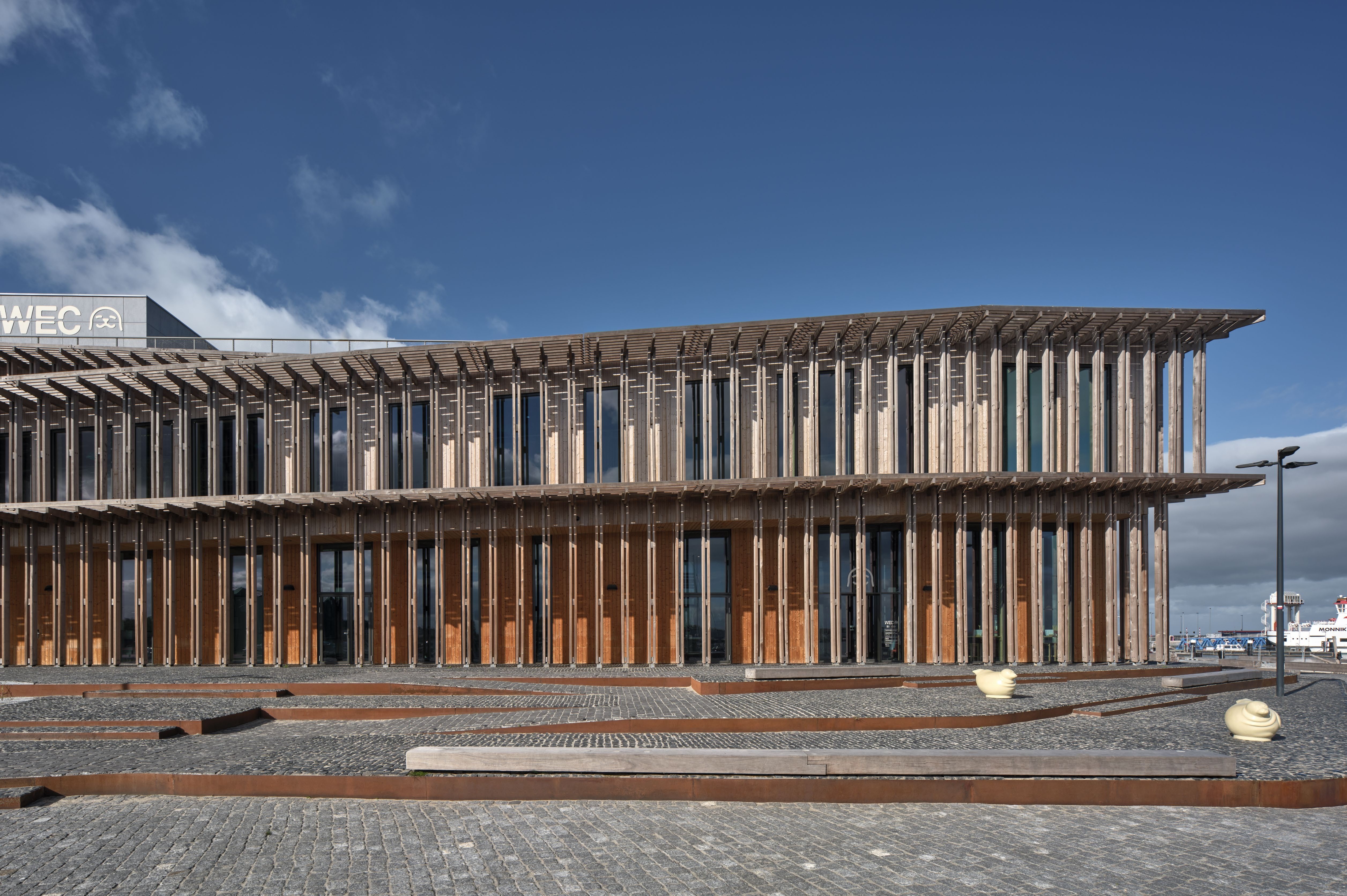 A Dutch visitor centre echoes the ‘rising and turning’ of the Wadden Sea
A Dutch visitor centre echoes the ‘rising and turning’ of the Wadden SeaThe second instalment in Dorte Mandrup’s Wadden Sea trilogy, this visitor centre and scientific hub draws inspiration from the endless cycle of the tide
-
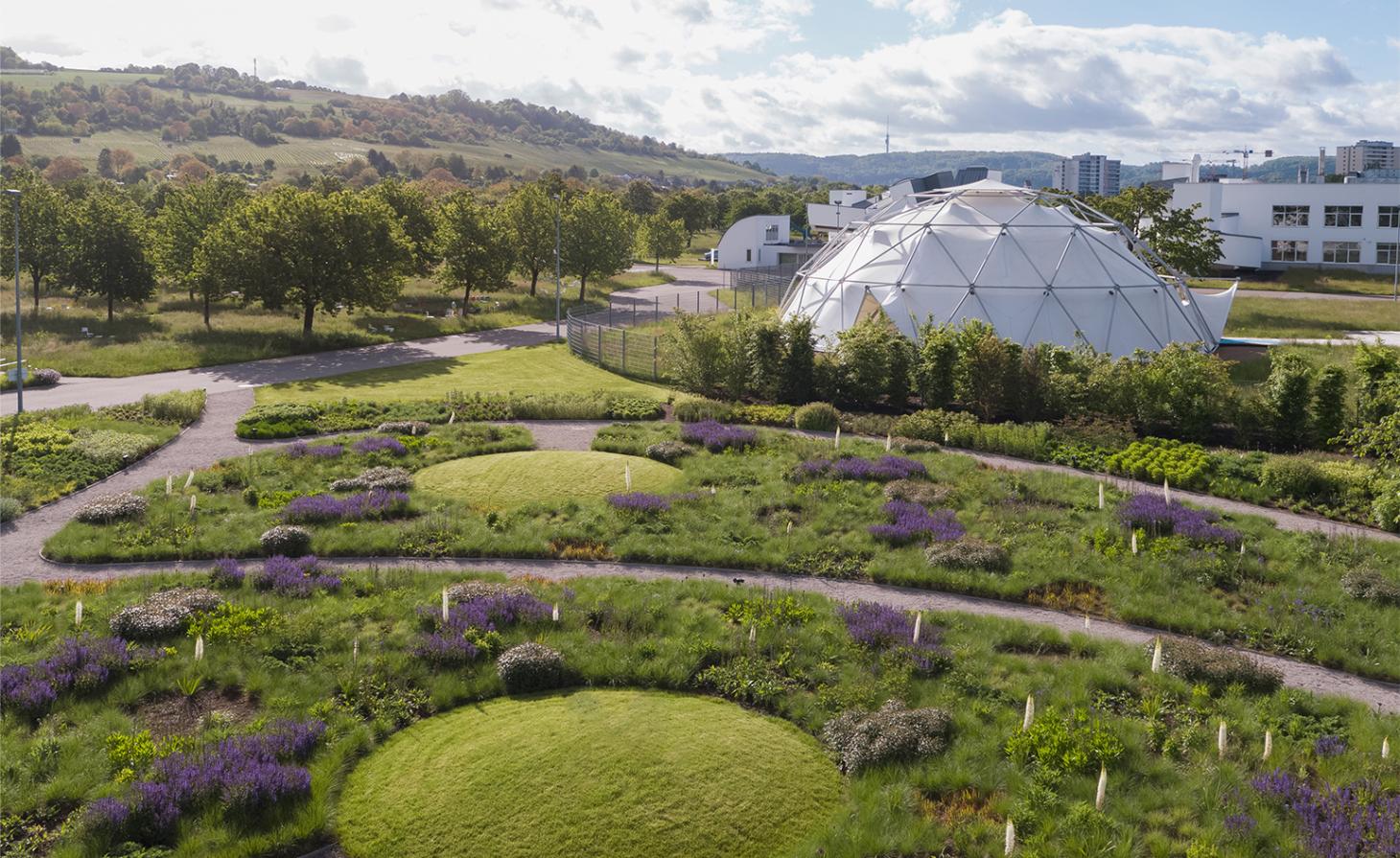 Piet Oudolf is the world’s meadow-garden master: tour his most soul-soothing outdoor spaces
Piet Oudolf is the world’s meadow-garden master: tour his most soul-soothing outdoor spacesPiet Oudolf is one of the most impactful contemporary masters of landscape and garden design; explore our ultimate guide to his work
-
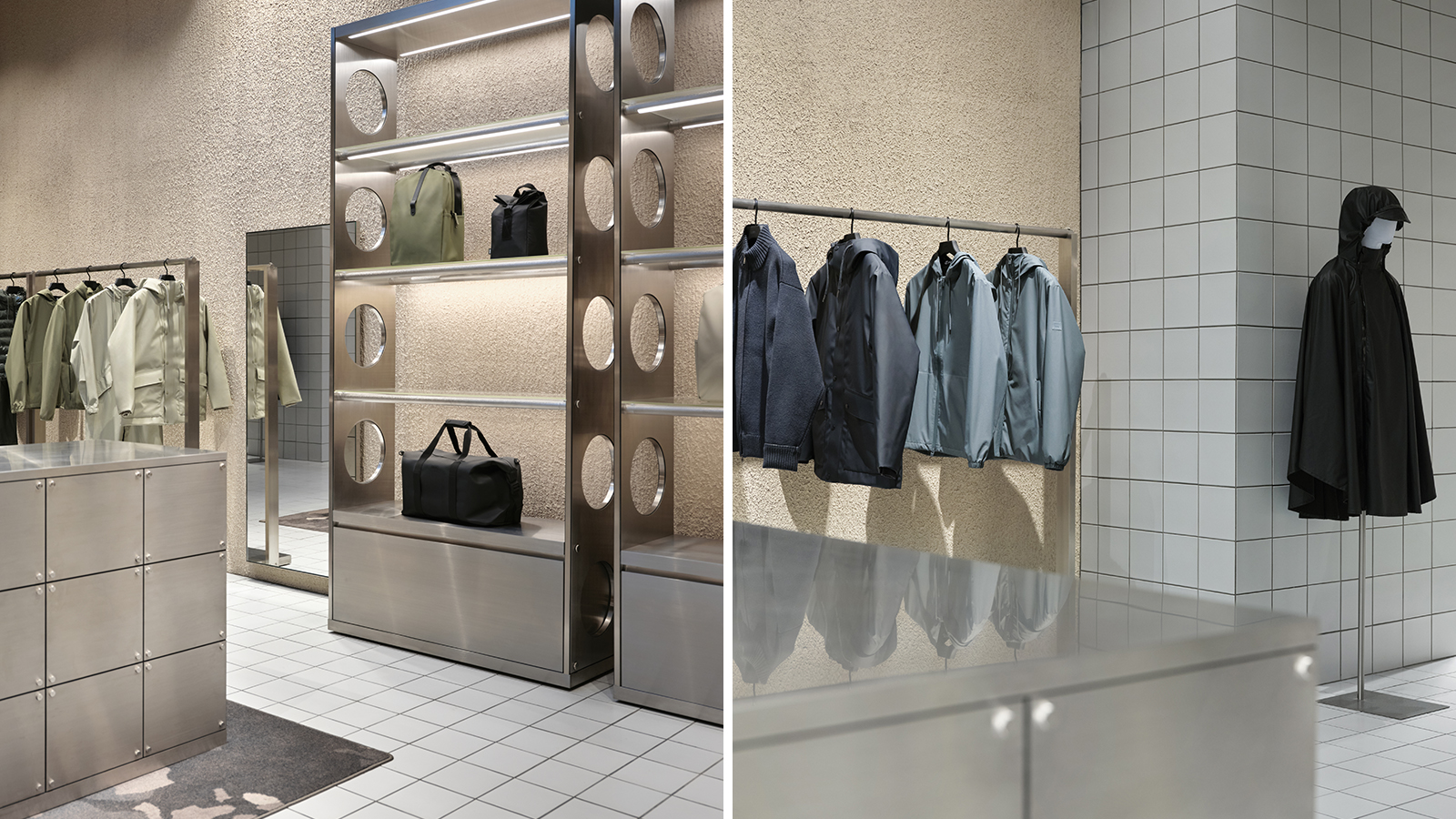 Rains Amsterdam is slick and cocooning – a ‘store of the future’
Rains Amsterdam is slick and cocooning – a ‘store of the future’Danish lifestyle brand Rains opens its first Amsterdam flagship, marking its refined approach with a fresh flagship interior designed by Stamuli
-
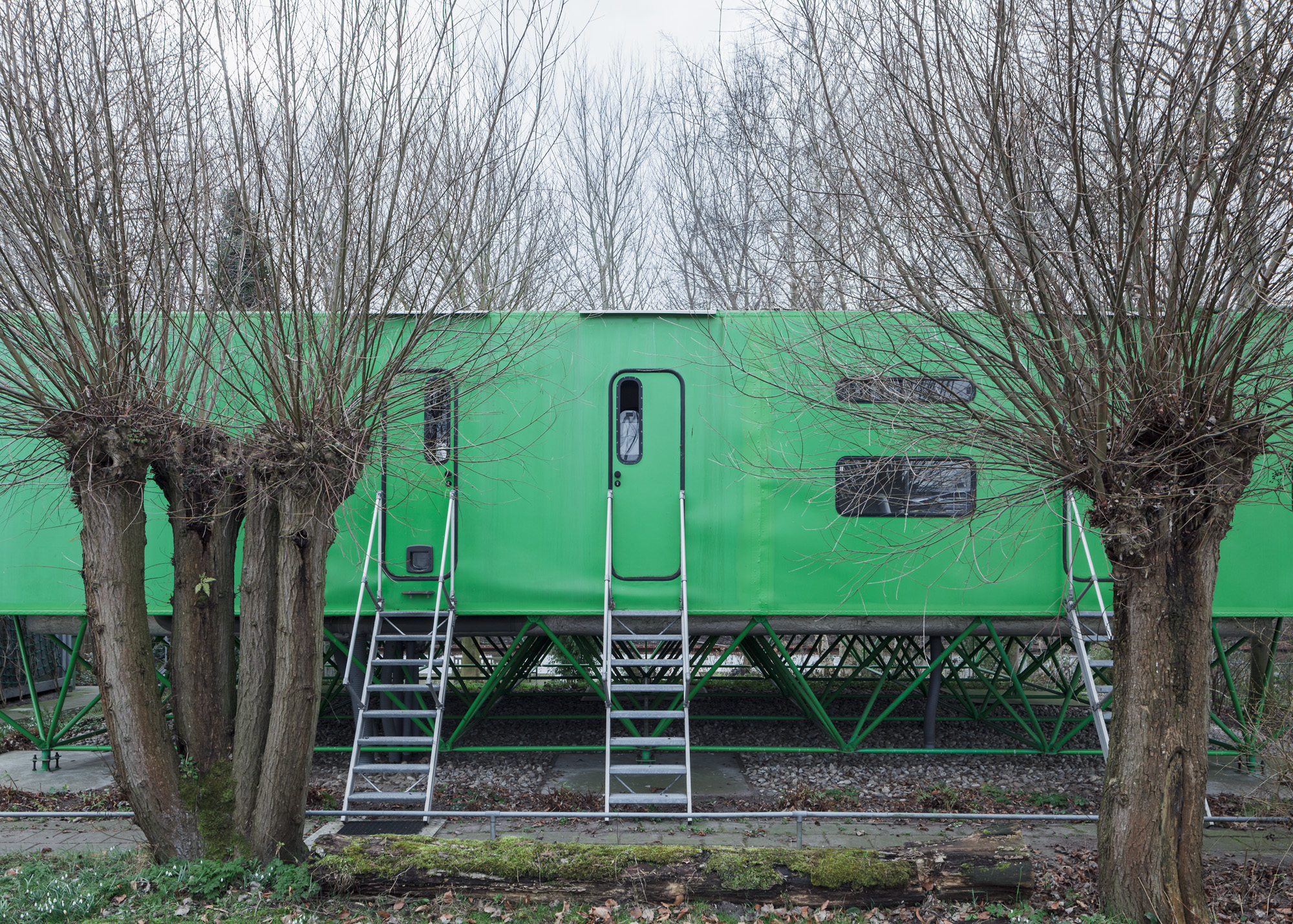 Flat-out brilliance: three Dutch houses that celebrate the horizontal
Flat-out brilliance: three Dutch houses that celebrate the horizontalThese three Dutch houses, built between the 1980s and the 2020s, blend seamlessly into the flat landscapes of the low country
-
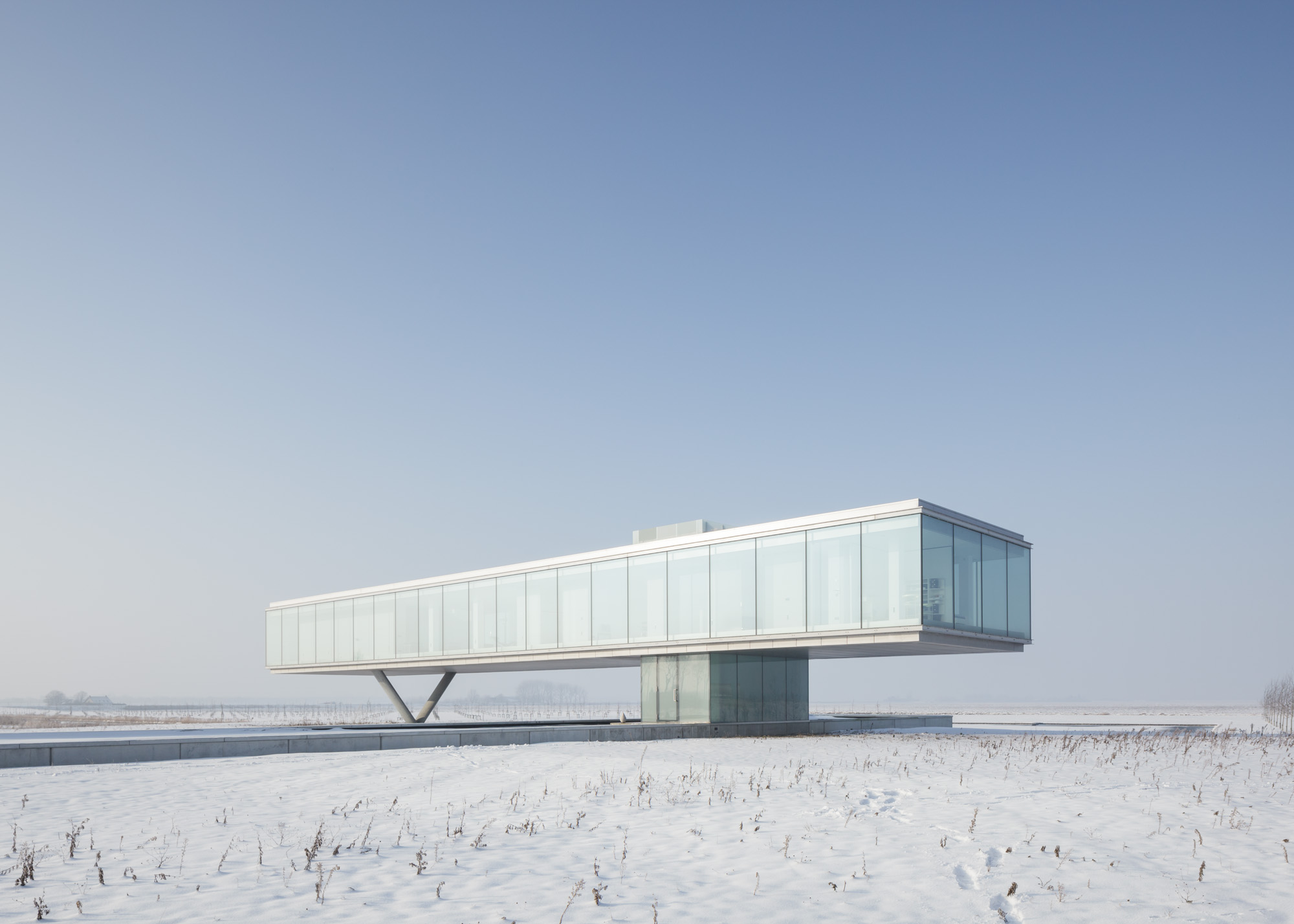 Explore a Dutch house which reframes brutalist architecture’s relationship with nature
Explore a Dutch house which reframes brutalist architecture’s relationship with natureA Dutch house by architect Paul de Ruiter is perfectly at one with the flatlands of the Netherlands; we dig into the Wallpaper* archive to revisit this unapologetic, sharp-angled streak across the landscape
-
 Discover a Jan Benthem-designed, 1980s High-Tech capsule house created in under a week
Discover a Jan Benthem-designed, 1980s High-Tech capsule house created in under a weekHow a small house by architect Jan Benthem in the Netherlands raised the stakes for High-Tech architecture and fuelled a self-build revolution; we dig into our archives for a Wallpaper* classic, first published in May 2014
-
 Ma Yansong's latest project is anchored by a gleaming stainless steel 'tornado'
Ma Yansong's latest project is anchored by a gleaming stainless steel 'tornado'The new Fenix museum in Rotterdam, devoted to migration, marks MAD's first European cultural project.
-
 Portlantis is a new Rotterdam visitor centre connecting guests with its rich maritime spirit
Portlantis is a new Rotterdam visitor centre connecting guests with its rich maritime spiritRotterdam visitor centre Portlantis is an immersive experience exploring the rich history of Europe’s largest port; we preview what the building has to offer and the story behind its playfully stacked design